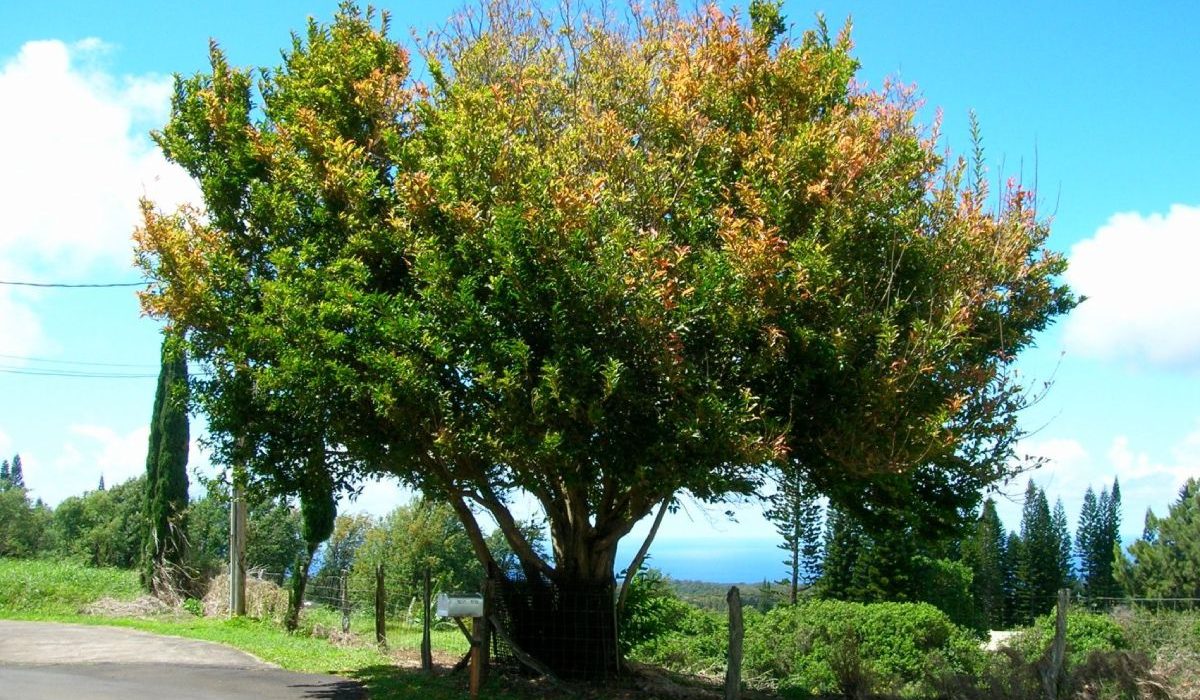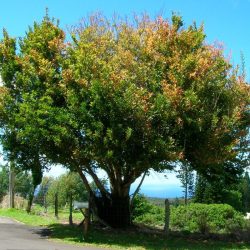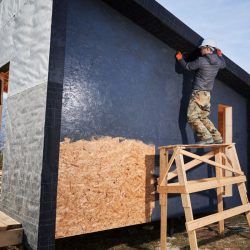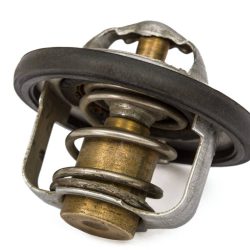Having the right plants and trees in your garden can be a source of such joy, providing increased privacy, delightful fragrances, and, of course, a beautiful view from inside the house and out.
Deciding on which trees to plant and care for, however, can be a little tricky. Particularly in a country like Australia, with over 20,000 species of tree to choose from.
Here we will take a look at the Fiddlewood tree, what it looks like, how fast it grows, and how big, to help you decide if these magnificent trees are the right fit for your garden…
What does a fiddlewood tree look like?
Fiddlewood trees are easily spotted due to many specific characteristics that they showcase throughout the year. These rather iconic trees are semi-deciduous, meaning that while they do not properly shed all of their leaves like a true deciduous, nor are they really evergreen. Their leaves are a bright, glossy green for most of the year, glowing with vitality when properly cared for.
Proper pruning and maintenance are required to keep them looking their best. The experienced arborists at Lakeside Trees and Stumps have the skills to really put that healthy shine into your fiddlewood’s leaves. What is truly remarkable about fiddlewood trees is the stunning salmon-like colour that the leaves turn in spring, before some of them fall.
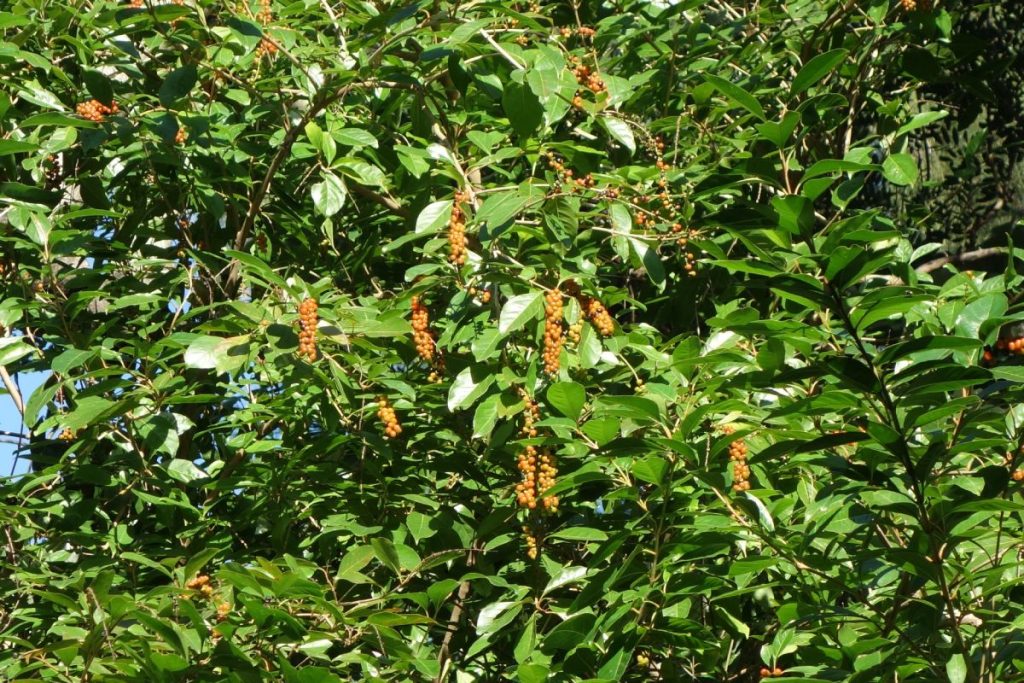
This pink-orange colour is one of the fiddlewood tree’s most discerning features, making them a highly sought-after addition to so many gardens. The pleasure of looking out over these unique leaves in the spring is something that all fiddlewood tree growers eagerly await throughout the year.
Another key characteristic of the fiddlewood tree is its long tassels of white flowers. These are not only delicate and beautiful but also possess a remarkable fragrance which makes a fine addition to any garden’s aroma. These sweet-smelling and photogenic trees would make an ideal background for any wedding photograph, as well as brighten up the humblest of gardens.
Are fiddlewood trees native to Australia?
Fiddlewood trees originated from the West Indies, though they now grow across much of the Americas, in Australia, and elsewhere around the world. You can find an abundance of fiddlewood trees in Texas and Florida all the way down to Argentina and its surrounding countries. They most commonly are found in Mexico and the Andes, though you can find them in many other locations in this region.
Australia takes a great deal of care over its plants and vegetation, especially its native vegetation. Removing plants from certain areas is illegal, and can lead to fines and worse. If you are ever in doubt about any of your plants or trees, where they come from and what you can do with them, don’t simply dive in and risk making a big mistake. Contact a professional arborist for help and advice.
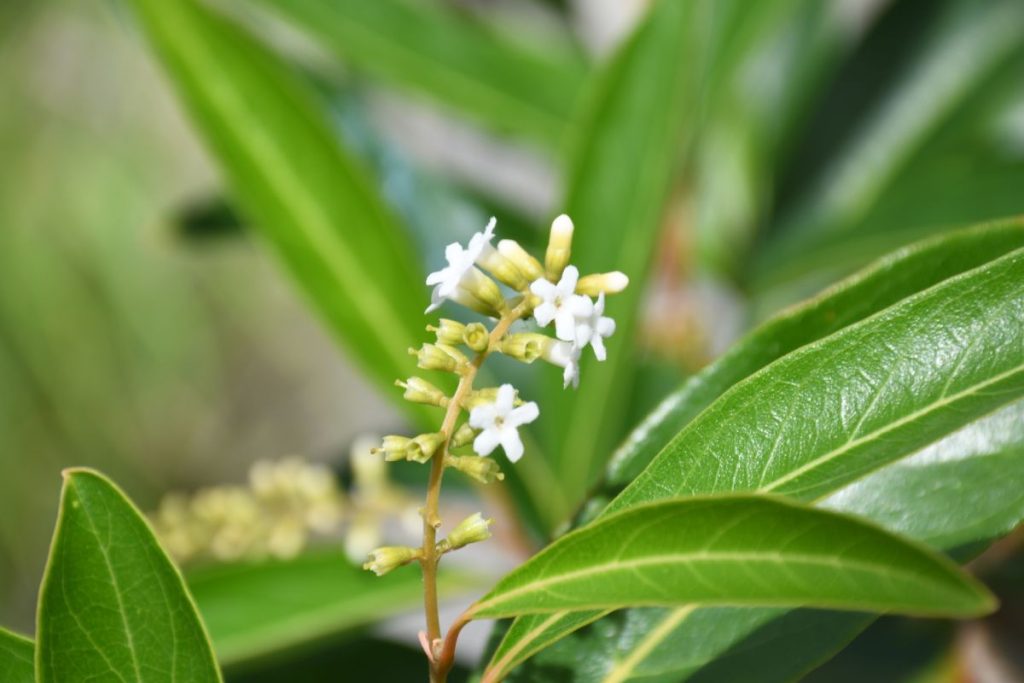
Why are they called fiddlewood trees?
Fiddlewood trees have the genus name Citharexylum, which comes from the Greek words Kithara and Xylon to mean, quite literally, lyre wood. A lyre is a stringed instrument like a fiddle, though shaped more like a harp. The wood used to make instruments like fiddles and lyres has to be perfect. It must be durable, springy, and shaped well.
Fiddlewood trees get their name both from their own durability, as well as the fact that they traditionally have wood that is ideal for musical instruments. All of this only adds another level of beauty to these trees.
How fast do fiddlewood trees grow?
One criterion that concerns many homeowners deciding what plants to grow is just how fast they will actually grow. You may wish for something faster growing to fill in a gap, provide an effective screen, or simply so that you will be able to enjoy it sooner. Luckily, fiddlewood trees are indeed fast-growing plants.
They can quickly reach their general height of 10-12 metres, though you can of course impact how tall your fiddlewood tree will grow with careful pruning. Remember that pruning your fiddlewood tree in the wrong way and at the wrong time can cause harm and even serious damage and death to your plant. So make sure that you know what you are doing, or hire a professional to take care of your fiddlewood tree for you.
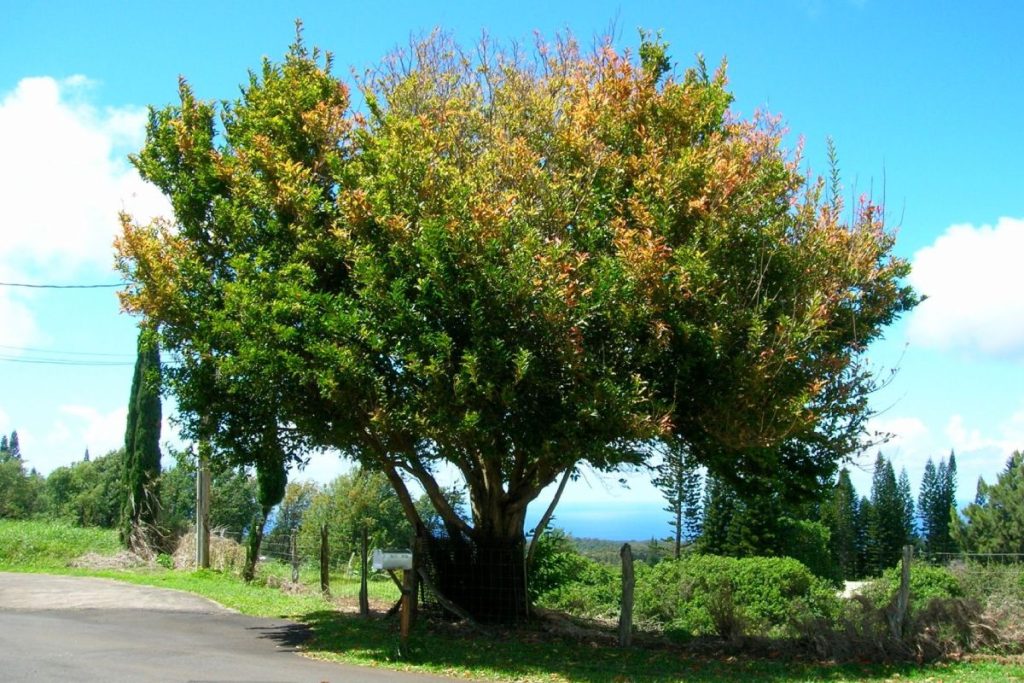
How big does a fiddlewood tree grow?
Classically considered to be a bit of a shrub, fiddlewood trees can nonetheless top 35 feet in height and can take up quite a bit of space in your garden. They are not slender trees that grow straight up but rather offer more of a screen from prying eyes as they sprawl in all directions. They do not tend to be little trees that take up a correspondingly small amount of space but are big, impressive plants.
With the right cultivation, however, you can choose how big or small your fiddlewood tree stays. You can encourage more growth and a healthier tree by pruning any dead or dying leaves. You can carry out formative pruning, where you carefully create a framework of branches that are perfectly spaced for your ideal future growth.
You can thin out the branches, letting more light pass through. You can raise the height of the foliage, create pleasing shapes, or, if you would rather, let it grow more naturally into whichever shape it pleases. Fiddlewood trees may grow big and grow rather fast, but they can also be controlled and shaped fairly quickly by the right gardener or arborist.
Final thoughts
Whether their leaves are luscious green or salmon-pink, whether you prefer to look at the precious white flowers or smell their captivating scent, fiddlewood trees are a lovely addition to any garden. They can require careful cultivation, however, and taking the wrong action can cause serious harm to your plants over time.If you are hoping to have a well-tended, healthy, and beautiful fiddlewood tree in your garden, consider hiring an experienced arborist from Lakeside Trees and Stumps. They can professionally and expertly tend to the health and well-being of all of your trees.


